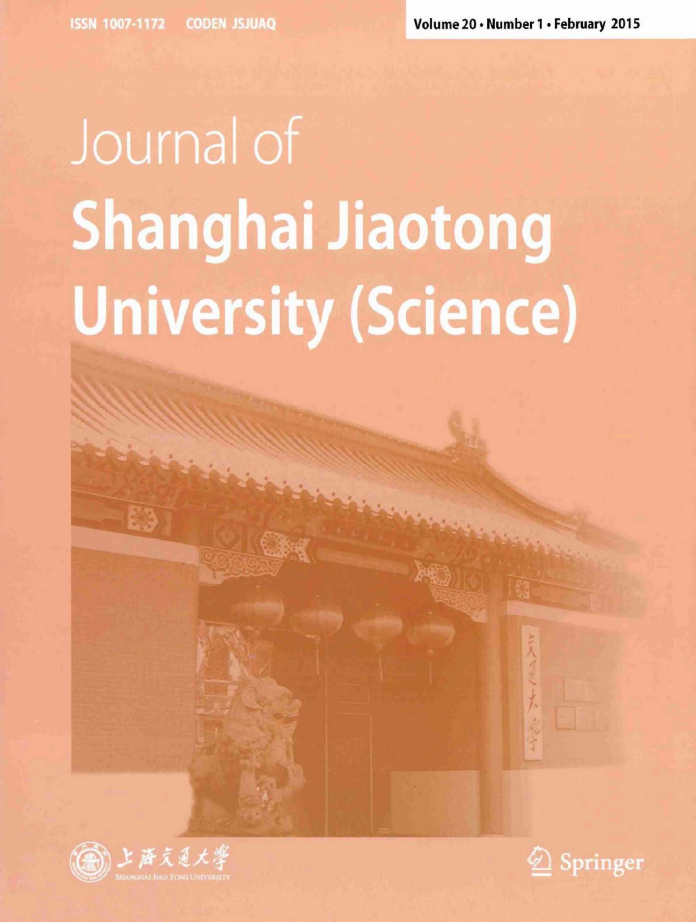While all-optical networks become more and more popular as the basis of the next generation Internet (NGI) infrastructure, such networks raise many critical security issues. High power inter-channel crosstalk attack is one of the security issues which have negative effect on information security in optical networks. Optical fiber in optical networks has some nonlinear characteristics, such as self phase modulation (SPM), cross phase modulation (XPM), four-wave mixing (FWM) and stimulated Raman scattering (SRS). They can be used to implement high power inter-channel crosstalk attack by malicious attackers. The mechanism of high power inter-channel crosstalk attack is analyzed. When an attack occurs, attack signal power and fiber nonlinear refractive index are the main factors which affect quality of legitimate signals. The effect of high power inter-channel crosstalk attack on quality of legitimate signals is investigated by building simulation system in VPI software. The results show that interchannel crosstalk caused by high power attack signal leads to quality deterioration of legitimate signals propagated in the same fiber. The higher the power of attack signal is, the greater the fiber nonlinear refractive index is. The closer the channel spacing away from the attack signal is, the more seriously the legitimate signals are affected by attack. We also find that when attack position and power of attack signal are constant, attack signal cannot infinitely spread, while its attack ability shows a fading trend with the extension of propagation distance.

